Post Date
January,
16
2018
During Women’s Wheeling Day I attended a recovery class with NORA 4x4. It was an advanced winch and hi-lift class. I learned some really helpful tips about recovery.
Jon, our instructor, was an awesome teacher. He’s is an I4WDT 4WD certified trainer. He gave us many tips. One of the tips he recommended was to check our recovery gear. He said, we need to make sure the equipment is properly rated, and in serviceable condition.
Most of your recovery straps and ropes come with warning tags that include information such as strap type, rated capacity, material type and precautions.
 Like here on my ARB Recovery tree trunk protector. I wasn’t quite sure what the 12000 KG meant. Jon explained, "A tree trunk protector can be used with a winch and pulley block. So a 10000# winch can potentially pull 20000#. That's why the 12000kg (26000#s) protector is good. So double you're winches capacity in general is safe."
Like here on my ARB Recovery tree trunk protector. I wasn’t quite sure what the 12000 KG meant. Jon explained, "A tree trunk protector can be used with a winch and pulley block. So a 10000# winch can potentially pull 20000#. That's why the 12000kg (26000#s) protector is good. So double you're winches capacity in general is safe."

There is quite a bit of recovery gear you can get… Shackles, Recovery Straps, Tow Straps, Tree Savers, Snatch Strap, Winch Extension Strap, Soft Shackles, Snatch Block to name a few. You should check all of them for warnings and load ratings.
 Only shackles AKA D-rings that are load rated should be used for vehicle recovery. Load ratings are stamped onto the shackle. It will be in the form of WLL (working load limit) or SWL (safe working load).
Only shackles AKA D-rings that are load rated should be used for vehicle recovery. Load ratings are stamped onto the shackle. It will be in the form of WLL (working load limit) or SWL (safe working load). Shackles with a rating of at least 3.25t should be the minimum, and are suitable for attaching one end of a strap. 4.75t rated shackles have a larger eye and are more suited to applications such as tree trunk protectors where two ends of the strap are fitted in the shackle.
Never over-tighten the shackle pin. Forces exerted on the shackle by vehicle recovery can cause the pin to seize. The correct method is to tighten the pin until it seats, then back off the pin approximately ¼ turn.
My Shackle's rating WLL 4 3/4
Recovery straps are accessories that every off roader should
have in their recovery kit. When making sure your gear is right, it is important to consider the weight of your vehicle. All recovery straps are rated according to their breaking strength, which at minimum should be approximately twice as much as the maximum vehicle weight that it can safely tow. So, if your Jeep weighs 5,000 pounds, you will need recovery straps that can pull at least double that amount, or over 10,000 pounds.
I learned quite a bit of good recovery information in this class, but have a lot more left to learn.
A Cool Jeep Tip Jon shared.
Keep your recovery strap underneath the drivers seat. That way if you get stuck in the mud or water you don't need to get out of your Jeep to look for your gear in the trunk. It will be right there for you to get.
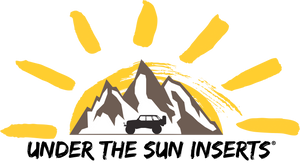

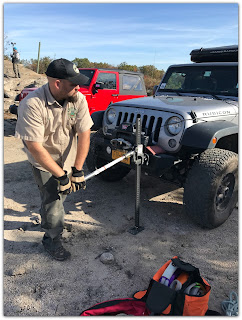
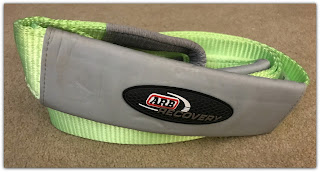
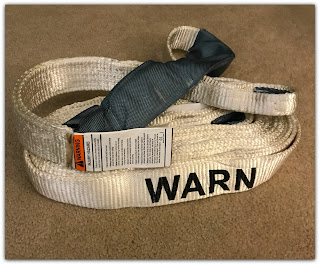

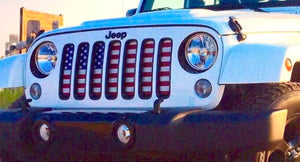
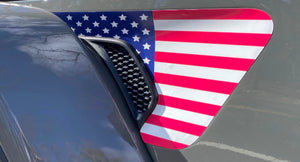
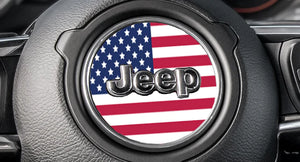
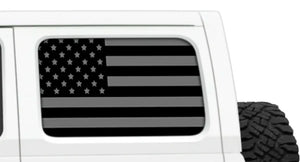
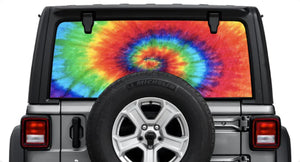
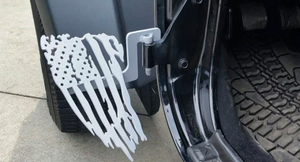
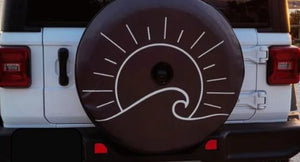
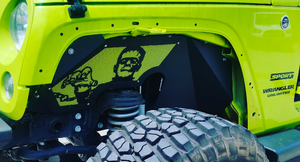
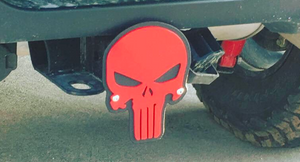
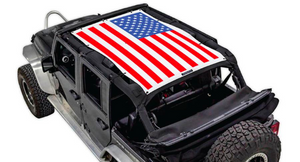
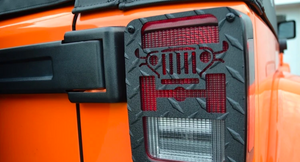
Leave a comment